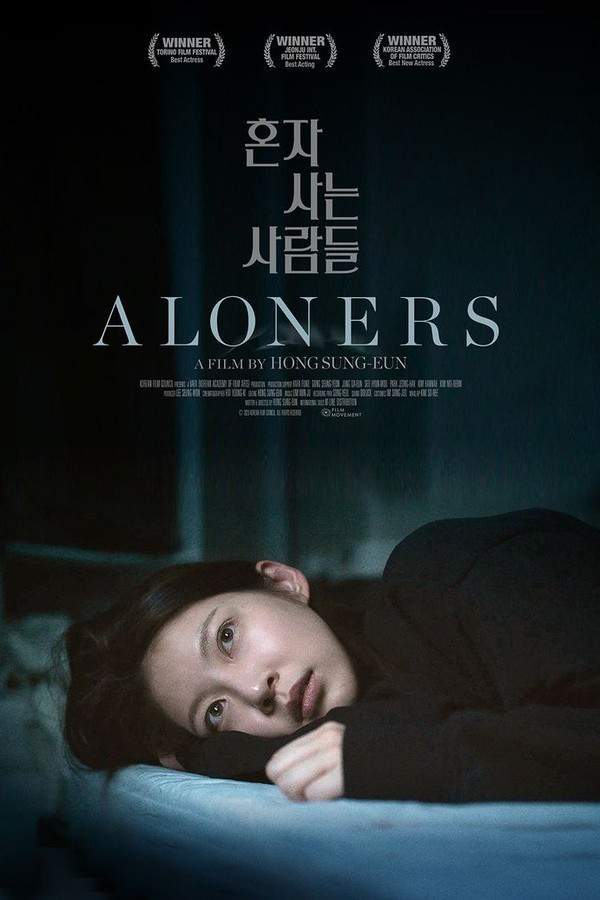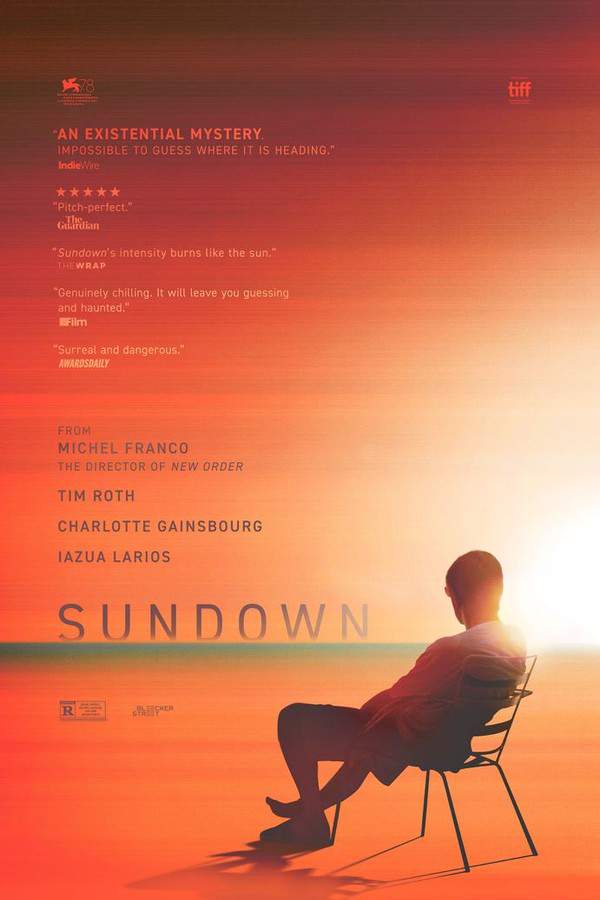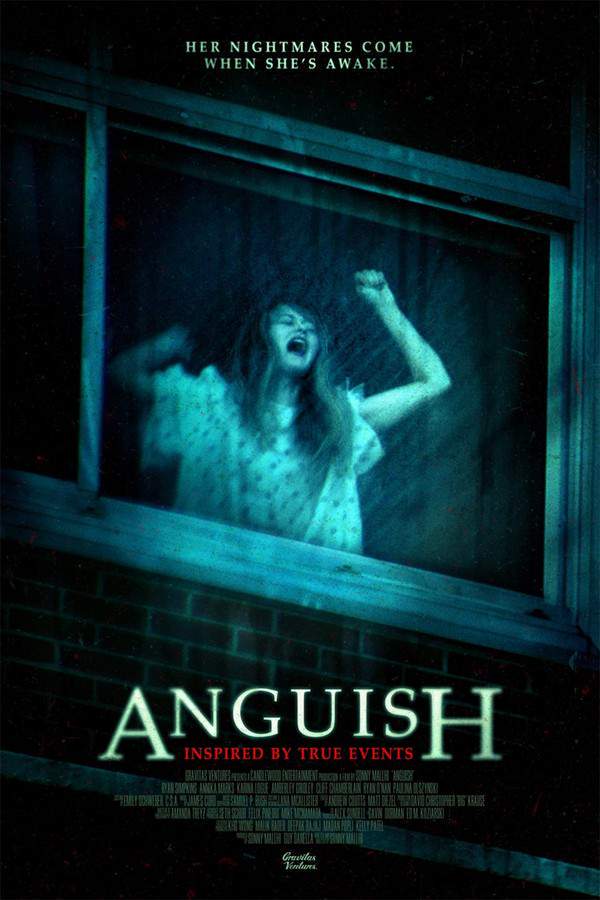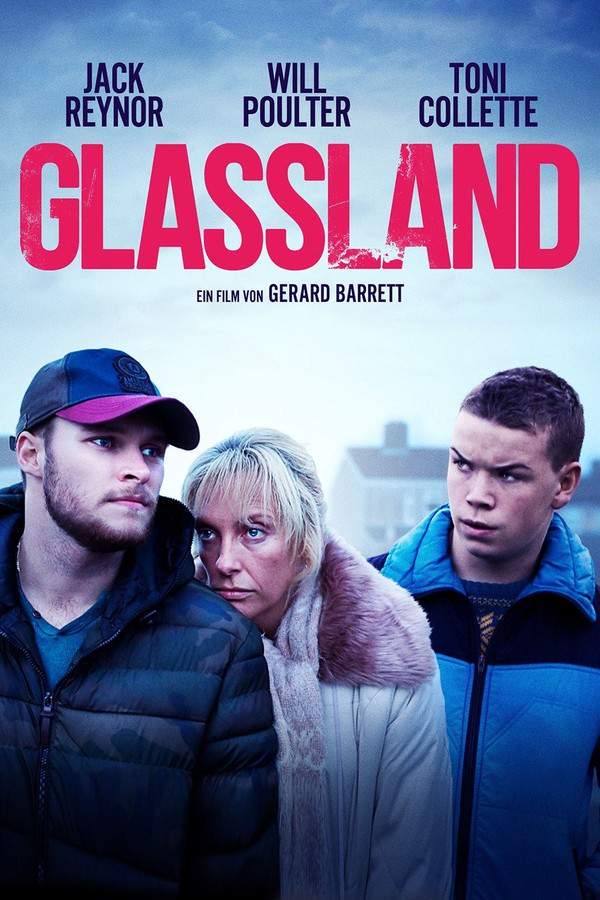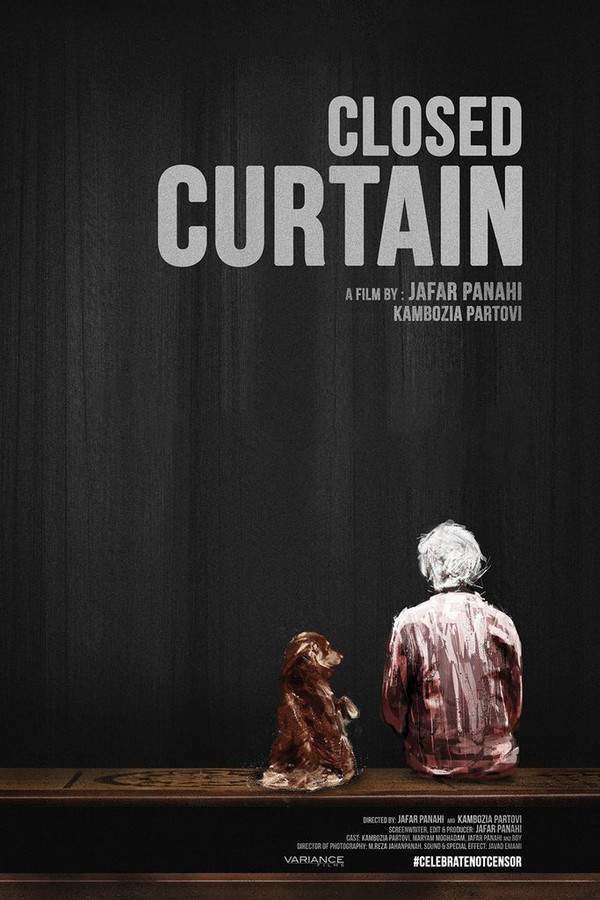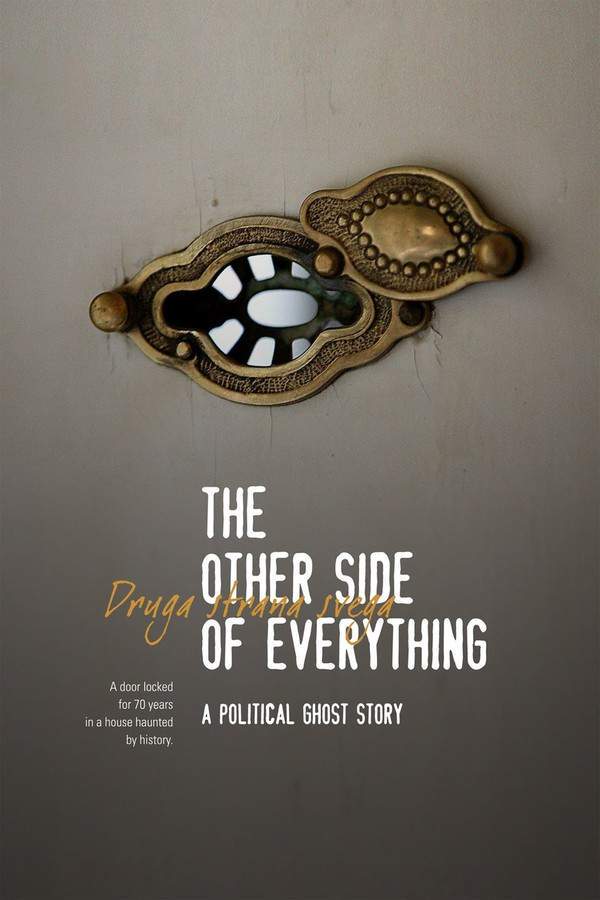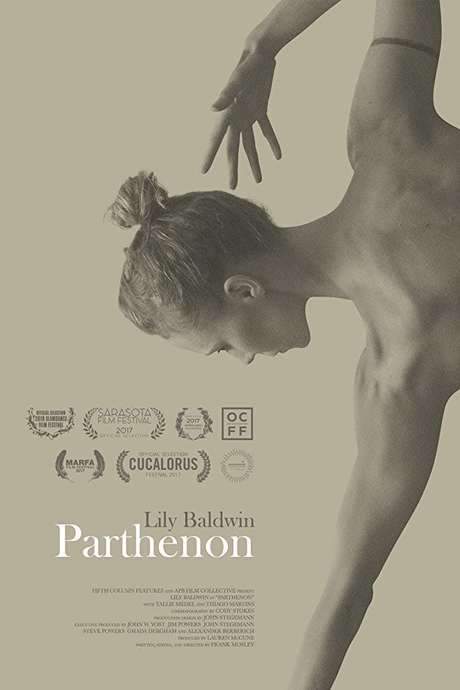
The Asthenic Syndrome
Year: 1989
Runtime: 153 mins
Language: Russian
Director: Kira Muratova
In earlier times the condition was called hypochondria or black melancholia; today it is known as the Asthenic Syndrome. The film follows Nikolai, a teacher whose class is made up of remarkably indifferent pupils, as he himself falls ill with the syndrome, confronting a pervasive sense of dread and emptiness that offers little solace.
Warning: spoilers below!
Haven’t seen The Asthenic Syndrome yet? This summary contains major spoilers. Bookmark the page, watch the movie, and come back for the full breakdown. If you're ready, scroll on and relive the story!
Timeline – The Asthenic Syndrome (1989)
Trace every key event in The Asthenic Syndrome (1989) with our detailed, chronological timeline. Perfect for unpacking nonlinear stories, spotting hidden connections, and understanding how each scene builds toward the film’s climax. Whether you're revisiting or decoding for the first time, this timeline gives you the full picture.
Last Updated: October 09, 2025 at 14:23
Explore Movie Threads
Discover curated groups of movies connected by mood, themes, and story style. Browse collections built around emotion, atmosphere, and narrative focus to easily find films that match what you feel like watching right now.
Meditative mental health journeys like in The Asthenic Syndrome
Introspective films that map the weary landscape of a crumbling mind.If you appreciated the deep psychological exploration in The Asthenic Syndrome, you'll find similar movies here. This thread collects films that focus on mental fragility, existential fatigue, and the slow, introspective portrayal of characters confronting their own minds, often with a melancholic and ambiguous tone.
Narrative Summary
The narrative often follows a character's internal descent or stasis, where the primary conflict is psychological. The plot is secondary to the mood, focusing on the daily weight of existence and the fragile boundary between consciousness and surrender. Endings are typically ambiguous, reflecting the ongoing nature of the struggle.
Why These Movies?
These films are grouped by their shared commitment to portraying mental states with authenticity and artistic detachment. They prioritize mood and internal experience over conventional plot, creating a heavy, melancholic, and thought-provoking viewing experience centered on human fragility.
Complex meta-narrative films like The Asthenic Syndrome
Self-referential films that question the nature of art and reality itself.For viewers who enjoyed the self-referential structure of The Asthenic Syndrome, this thread highlights movies with complex, deconstructive narratives. Discover similar films that use meta-commentary, non-linear plots, and artistic framing to explore themes of art, reality, and audience perception in intellectually stimulating ways.
Narrative Summary
The narrative pattern involves a story that consciously references its own construction, often blurring the lines between different layers of reality. This can create a sense of dislocation and intellectual challenge for the viewer, as the film's form becomes part of its thematic content, exploring ideas about truth and fiction.
Why These Movies?
These films are united by their innovative and complex structures that serve a thematic purpose. They share a cerebral quality, using narrative complexity not just as a gimmick but as a tool to deepen the exploration of their subjects, resulting in a demanding yet rewarding experience.
Unlock the Full Story of The Asthenic Syndrome
Don't stop at just watching — explore The Asthenic Syndrome in full detail. From the complete plot summary and scene-by-scene timeline to character breakdowns, thematic analysis, and a deep dive into the ending — every page helps you truly understand what The Asthenic Syndrome is all about. Plus, discover what's next after the movie.
The Asthenic Syndrome Summary
Read a complete plot summary of The Asthenic Syndrome, including all key story points, character arcs, and turning points. This in-depth recap is ideal for understanding the narrative structure or reviewing what happened in the movie.

Characters, Settings & Themes in The Asthenic Syndrome
Discover the characters, locations, and core themes that shape The Asthenic Syndrome. Get insights into symbolic elements, setting significance, and deeper narrative meaning — ideal for thematic analysis and movie breakdowns.

More About The Asthenic Syndrome
Visit What's After the Movie to explore more about The Asthenic Syndrome: box office results, cast and crew info, production details, post-credit scenes, and external links — all in one place for movie fans and researchers.

Similar Movies to The Asthenic Syndrome
Discover movies like The Asthenic Syndrome that share similar genres, themes, and storytelling elements. Whether you’re drawn to the atmosphere, character arcs, or plot structure, these curated recommendations will help you explore more films you’ll love.
Explore More About Movie The Asthenic Syndrome
The Asthenic Syndrome (1989) Plot Summary & Movie Recap
The Asthenic Syndrome (1989) Scene-by-Scene Movie Timeline
The Asthenic Syndrome (1989) Spoiler-Free Summary & Key Flow
Movies Like The Asthenic Syndrome – Similar Titles You’ll Enjoy
Attenberg (2012) Complete Plot Breakdown
Parthenon (2017) Ending Explained & Film Insights
The Despair (2019) Detailed Story Recap
Sick Sick Sick (2019) Movie Recap & Themes
II (2019) Full Summary & Key Details
Alone (2001) Plot Summary & Ending Explained
Dying in Athens (2006) Spoiler-Packed Plot Recap
Living Like the Rest of Us (1982) Complete Plot Breakdown
Hey, Lads and Lasses (1991) Complete Plot Breakdown
The Student (2021) Full Summary & Key Details
Girls at the Gynecologist (1971) Film Overview & Timeline
Oxygen Starvation (1992) Full Movie Breakdown
Anatomy of a Relationship (1976) Spoiler-Packed Plot Recap
Of Freaks and Men (1998) Full Summary & Key Details
Glamorous Youth (2009) Movie Recap & Themes



